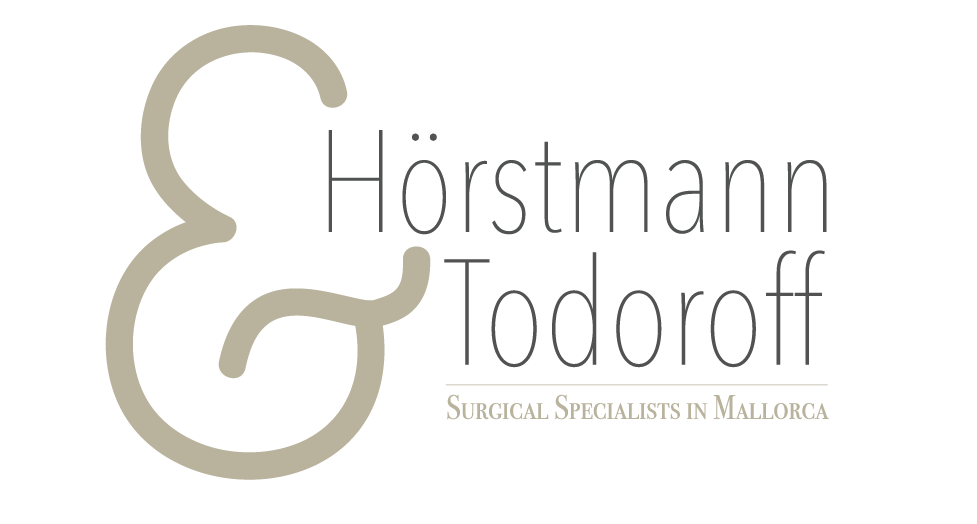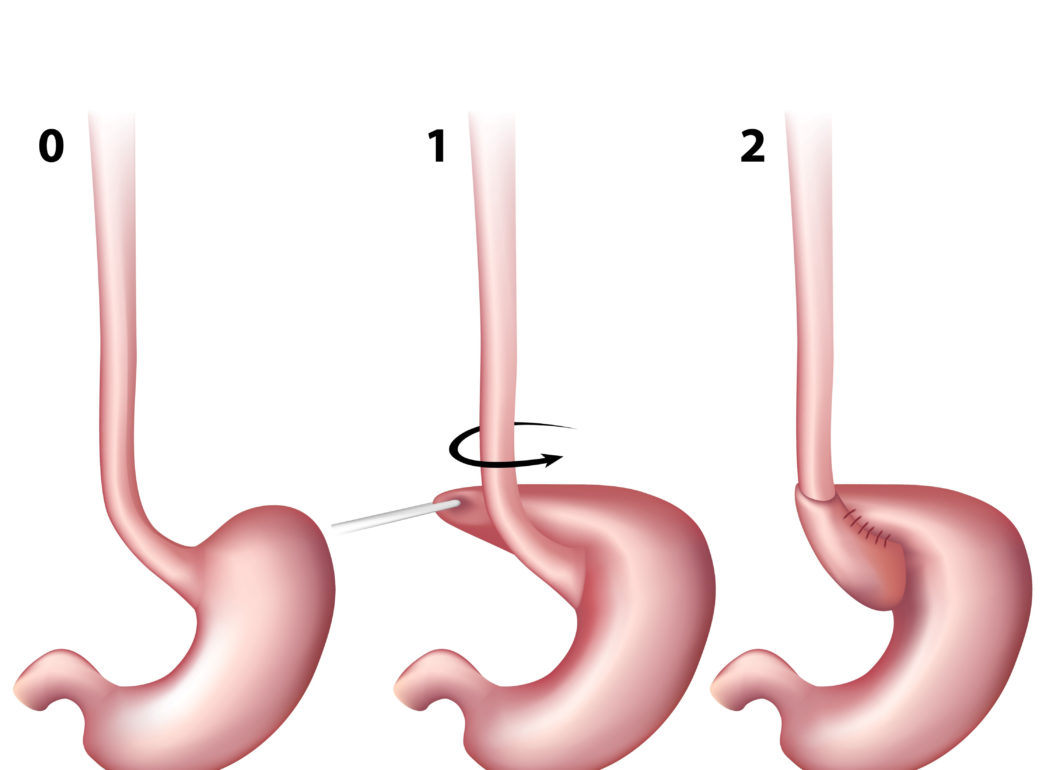Heartburn is a very common symptom created by acid reflux from the stomach up up into the esophagus, creating a burning pain in the lower chest.
The backflow of gastric juice, bile, and stomach content move into the esophagus in many people and occasionally in early childhood. Sometimes, but not always, it can indicate the presence of a hiatal hernia. (Hiatal hernia is a condition in which a portion of the stomach protrudes upward into the chest, through an opening in the diaphragm – which is the sheet of muscle that separates the chest from the abdomen.)
The occasional acidity attack is harmless. Problems arise when the closure mechanism between the esophagus and the stomach does not work properly and the acid stomach content as well as bile can constantly attack the inner lining of the esophagus, the esophageal mucosa.
In this case, the burning pain behind the breast bone become chronic – as happens in about 15% of the population.
This not only decreases the quality of life to a large extent but can become outright dangerous: the chronically irritated esophageal mucosa can change into more acid resistant tissue called “Barrett mucosa” or “Barrett Esophagus.” This happens in 10 – 15% of patients where the changed mucosa reduces the burning sensation and by doing so unfortunately makes the situation more dangerous as some of these patients will eventually develop cancer of the esophagus.
Most patients who suffer from chronic heartburn will “treat” themselves often with some self prescribed therapy. This unfortunately only suppresses the symptoms but can not change the basis of the problem i.e. that the closure mechanism does not work. Therefore gastric juice – although due to the medication less acid – as well as bile and food particles – still flow back into the gullet. Consequently the mucosal changes continue and the danger of developing a malignancy at some later stage remains.
But there is another aspect to the problem: because the medication gives some kind of relief to the problem, patients take the medication which buffers the acidity or reduces the acid production in the stomach for a long time, often over years, sometimes even decades. This can have serious side effects, it can cause the mucosa to recede and infections become more frequent because the acidity, which kills the bacteria, is lacking. There is also belief that lacking acidity in the stomach can stimulate the formation of cancer stimulating substances which then in turn stimulate esophageal cancer.
Consequently it must be said that all patients with chronic heartburn should have a check with a fiber-optic instrument (esophago-gastro-duodenoscopy) for the cause of the symptoms and possible pathological changes. If the reason for the symptoms lies in insufficient closure at the entrance of the stomach perhaps in connection with a hiatal hernia, the therapy of choice could be the “laparoscopic fundoplication.” In this operation a “cuff” is formed from the upper stomach and then put around the lower part of the gullet which will close the stomach properly and disallow any back flow.(See pictures). At the same time the hiatal hernia will be closed. As the operation is done via the laparoscopic (i.e. “key-hole”) technique, there will be no large cut in the abdomen as in the past followed by a hospital stay of 7 – 10 days. Today only a few very small incisions are made and in most cases discharge from hospital is done on the 3rd postoperative day.
Yes, heartburn can be operated on!

